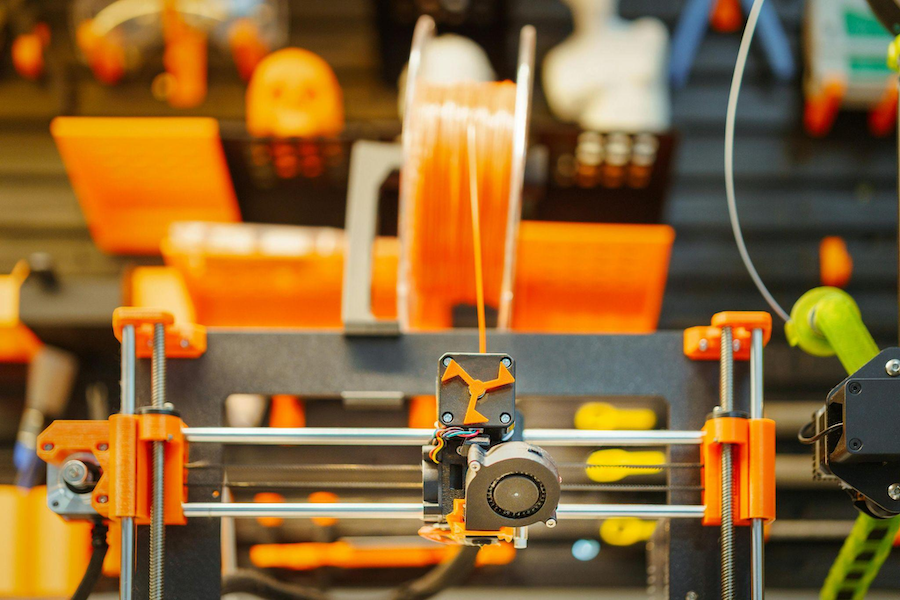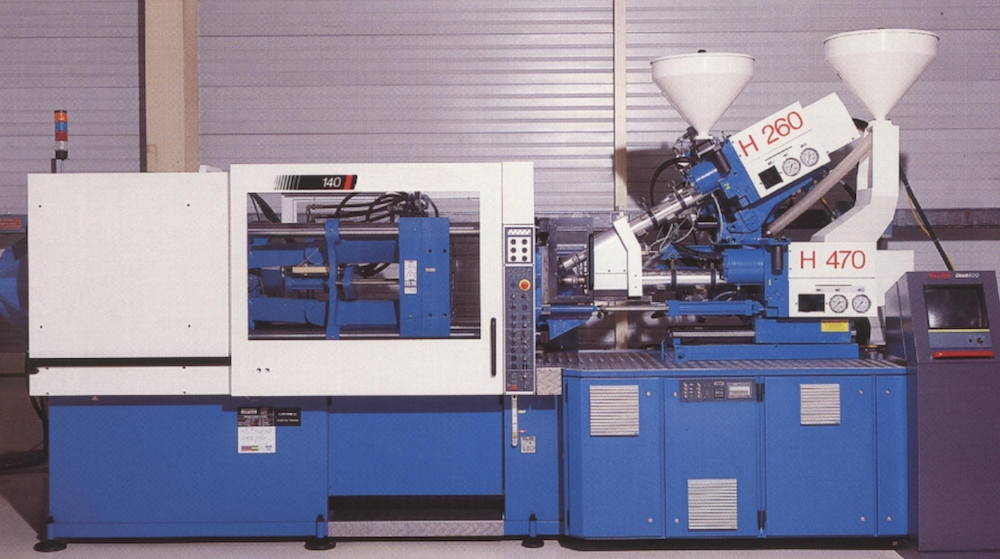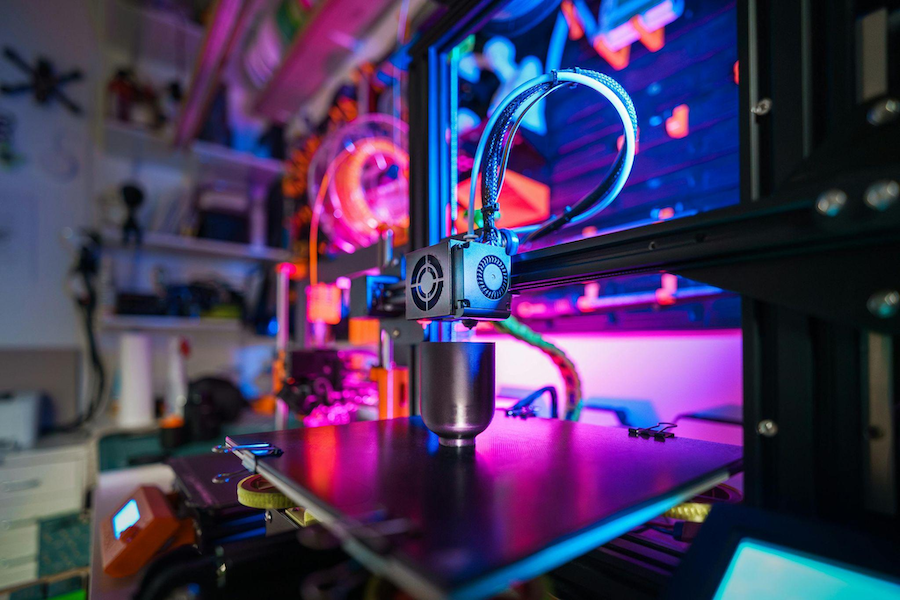Recently, the intriguing idea of combining these two technologies has sparked considerable interest among engineers and manufacturers alike. This approach promises to harness the strengths of both methods, opening up new avenues for creating complex, customized products with unprecedented efficiency.
What Are Injection Molding and 3D Printing?
Understanding Injection Molding
Injection molding, a technique revered for its precision and scalability, involves the injection of molten material into a mold to form parts with intricate shapes and fine details. Injection molding services are pivotal in mass-producing items with consistent quality. Common materials used include plastics, metals, and even glass, making it a versatile choice for various applications.
Exploring 3D Printing
On the other hand, 3D printing, or additive manufacturing, stands as a beacon of customization and complexity. By adding material layer by layer, this process creates objects directly from digital models, allowing for the production of parts with complex geometries that would be challenging or impossible to achieve through traditional manufacturing methods. 3D printing embraces a plethora of technologies, such as Fused Deposition Modeling (FDM) and Selective Laser Sintering (SLS), catering to a wide range of materials from plastics to metals and beyond.
Why Combine Injection Molding and 3D Printing?
Combining injection molding and 3D printing offers a symbiotic relationship that leverages the rapid prototyping and complex design capabilities of 3D printing with the efficiency and scalability of injection molding.
- Enhanced product customization and complexity
- Significant cost and time savings
- Streamlined prototyping and testing phases
How Can Injection Molding and 3D Printing Be Combined?
Using 3D Printing for Mold Creation
One innovative application of 3D printing in this hybrid approach is the creation of molds for injection molding. This process not only reduces the lead time and cost associated with mold fabrication but also allows for greater flexibility in design iterations.
- Design the digital mold model
- 3D print the mold using a suitable material
- Test and refine the mold design based on feedback
Enhancing Injection Molded Parts with 3D Printing
3D printing can also be utilized to add intricate details or functionalities to injection molded parts, opening up new possibilities for product design and customization.
Prototyping and Testing with 3D Printing Before Injection Molding
Leveraging 3D printing for prototyping and testing before committing to the production of injection molds can significantly reduce the risk of errors, saving both time and resources.
- Prototype the part using 3D printing
- Conduct functionality and fit tests
- Refine the design based on testing feedback
What Are the Advantages of Combining Injection Molding and 3D Printing?

The fusion of injection molding and 3D printing heralds a new era of manufacturing that emphasizes customization, efficiency, and innovation. This combination not only reduces the time and cost associated with product development but also unlocks new possibilities in the design and production of parts.
What Challenges Are Faced When Combining Injection Molding and 3D Printing?
Despite the compelling advantages, integrating these two processes is not without its challenges. Issues such as material compatibility and the limitations of 3D printed molds in terms of durability and precision need careful consideration. Additionally, the initial cost and complexity of merging these technologies can pose barriers to adoption.
Case Studies: Successful Applications
The potential of combining injection molding and 3D printing is not merely theoretical; numerous case studies demonstrate its practical benefits across industries, from automotive to medical devices. These examples showcase how innovative companies have successfully navigated the challenges to harness the strengths of both methods.
How to Optimize the Combination of Injection Molding and 3D Printing in Manufacturing?
Material Considerations
Selecting the appropriate materials that are compatible with both 3D printing and injection molding is crucial for the success of this hybrid approach.
- Prioritize materials based on the desired properties of the final part
- Consider the durability and precision requirements of the mold
Design Guidelines
Adhering to design guidelines that cater to the strengths and limitations of both methods can significantly enhance the efficiency and quality of the manufacturing process.
- Optimize part designs for 3D printing intricacies and injection molding efficiency
- Implement design modifications based on the prototyping feedback
Process Integration Tips
Integrating 3D printing and injection molding into a cohesive manufacturing workflow requires strategic planning and adaptation.
- Leverage 3D printing for rapid prototyping and mold creation
- Utilize injection molding for high-volume production with consistent quality
Future Trends: The Evolution of Combining Injection Molding and 3D Printing
The fusion of injection molding and 3D printing is poised at the cusp of revolutionary advancements in manufacturing. Innovations in materials and technologies continue to broaden the horizon of what's possible, pushing the boundaries of complexity, efficiency, and customization. As these technologies evolve, we can anticipate:
- The development of new materials specifically engineered to optimize the benefits of both injection molding and 3D printing.
- Enhanced integration of software and hardware, facilitating seamless workflows from design to final production.
- Greater adoption across industries, driven by the compelling advantages of cost reduction, reduced time-to-market, and increased product customization.
This trend signifies a shift towards more agile and innovative manufacturing processes, capable of meeting the dynamic demands of the market with unprecedented flexibility and efficiency.
FAQs: Common Questions About Combining Injection Molding and 3D Printing

Can Any 3D Printer Be Used to Create Molds for Injection Molding?
Not all 3D printers are suitable for creating molds for injection molding. The choice depends on the material compatibility, resolution, and mechanical properties required of the mold. Typically, printers capable of working with high-temperature resins or metal printing technologies are preferred for mold making.
What Are the Limitations of 3D Printed Molds in Injection Molding?
While 3D-printed molds offer significant advantages in terms of cost and time savings, they also have limitations. These include:
- Reduced lifespan compared to traditional molds, particularly when using less durable materials.
- Potential precision issues, depending on the 3D printing technology used.
- Material compatibility challenges, especially when the mold material must withstand high temperatures and pressures.
Mitigating these limitations requires careful selection of printing materials and technologies, as well as optimizing the mold design for 3D printing.
How Cost-Effective Is It to Combine Injection Molding and 3D Printing?
The cost-effectiveness of combining these technologies depends on various factors, including the complexity of the part, production volume, and the degree of customization required. For low-volume production or prototypes, this combination can be significantly more cost-effective than traditional methods. For high-volume production, the initial investment in 3D printing for mold creation can be offset by the efficiencies gained in the injection molding process.
Resources and Tools for Combining Injection Molding with 3D Printing

To navigate the complexities of combining injection molding and 3D printing, various resources and tools are available:
- Software Solutions: CAD and CAM software tailored for hybrid manufacturing processes, enabling efficient design, prototyping, and production planning.
- Online Platforms: Communities and forums where professionals share insights, experiences, and advice on hybrid manufacturing techniques.
- Physical Tools: Specialized 3D printers and materials designed for mold making and prototypes, alongside traditional injection molding equipment optimized for short runs and complex geometries.
These resources are invaluable for manufacturers looking to explore and optimize the combination of injection molding and 3D printing.
Conclusion
The innovative integration of injection molding and 3D printing heralds a new era in manufacturing, characterized by unparalleled flexibility, efficiency, and customization. As this combination matures, it promises to transform the manufacturing landscape, offering solutions to complex challenges and opening up new opportunities for product development. Despite the hurdles, the potential benefits make it an exciting area for exploration and investment. Manufacturers willing to navigate the complexities and invest in this hybrid approach can position themselves at the forefront of the industry's future, leveraging the best of both worlds to create products that were once considered impossible. The journey of combining injection molding and 3D printing is just beginning, but its impact on the manufacturing world will undoubtedly be profound and enduring.
Materials sponsored by 3ERP
Share with friends:




